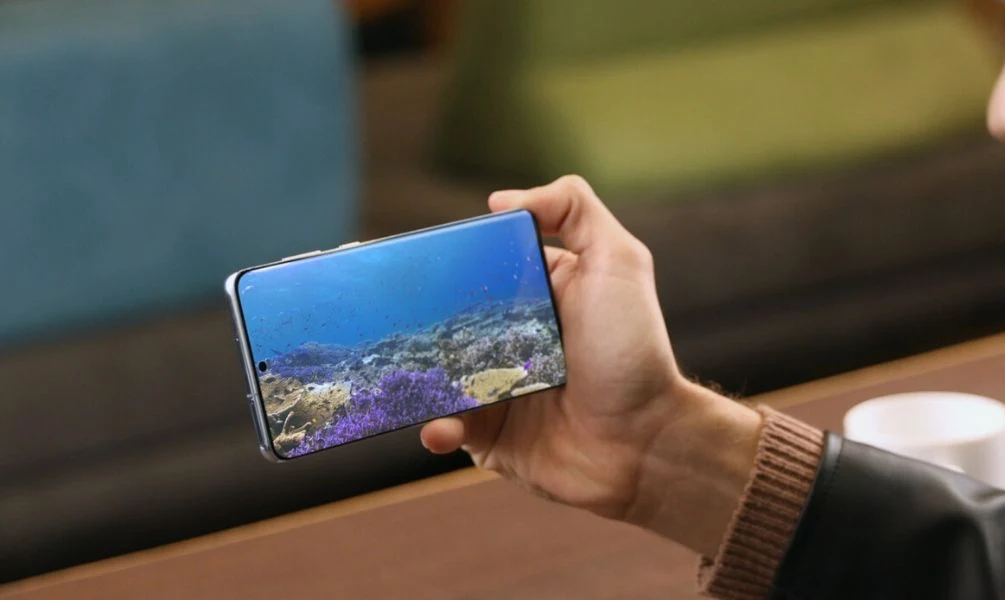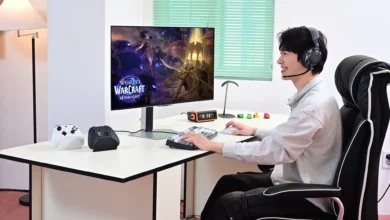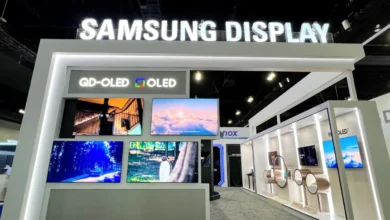Android 14’s Ultra HDR may restrict to selected Samsung Galaxy smartphones

Google I/O 2023, the yearly developer conference hosted by the tech titan in Mountain View, was held on Wednesday. This year’s event was particularly notable, featuring a plethora of announcements encompassing every aspect of the Made by Google software and hardware ecosystem.
Among the exciting revelations, Google introduced new Pixel devices. Additionally, the company unveiled a brand-new photo format called Ultra HDR, designed to enhance image capture.
Android 14 Introduces Stunning Ultra HDR Photos and Refreshed Material You+ UI
The Ultra HDR photo format is scheduled for release alongside Android 14. It’s worth mentioning that smartphones powered by Qualcomm Snapdragon 8 Gen 2 Soc are already equipped to support this innovative format.
Samsung devices with Snapdragon 8 Gen 2 will support Ultra HDR format
As per the previous report, Android 14’s Ultra HDR functionality is not solely dependent on the camera itself but also necessitates support for HDR display on the device. While many smartphones today can capture HDR images, they often do not save them in HDR format. In order to utilize the Ultra HDR feature, an Android phone must be capable of both capturing images and videos in HDR and reproducing them with consistent dynamic range on an HDR display. Consequently, this feature may be limited to higher mid-range and high-end smartphones.
The ability to display HDR content is currently limited to select models within the Galaxy A series and all recent flagship devices. As a result, only these specific devices will likely be eligible to receive Android 14’s Ultra HDR feature. However, Samsung has yet to provide clear clarification regarding which phones and tablets will support this feature. Further details are expected to emerge when Samsung releases the One UI 6.0 beta update, anticipated to take place later this year.
What’s the Ultra HDR?
The Ultra HDR format allows capturing photos in the widely compatible JPEG format used in previous versions. However, it introduces an enhanced dynamic range that surpasses the standard 8-bit range. This advancement empowers eligible smartphones to capture photos with exceptional detail, especially in the peripheral regions of the light spectrum.
Images captured in the Ultra HDR format maintain backward compatibility with existing applications, allowing them to be utilized by devices and apps that do not support the Ultra HDR format. In such cases, the images can be viewed as JPEG SDR files.
To ensure seamless integration of the Ultra HDR format, Qualcomm has collaborated with the Android team. They have utilized the 18-bit Image Signal Processor (ISP) of the Snapdragon 8 Gen 2 chipset. Consequently, smartphones equipped with this chipset will be capable of capturing photos in the Ultra HDR format as soon as it becomes available with the release of Android 14.


